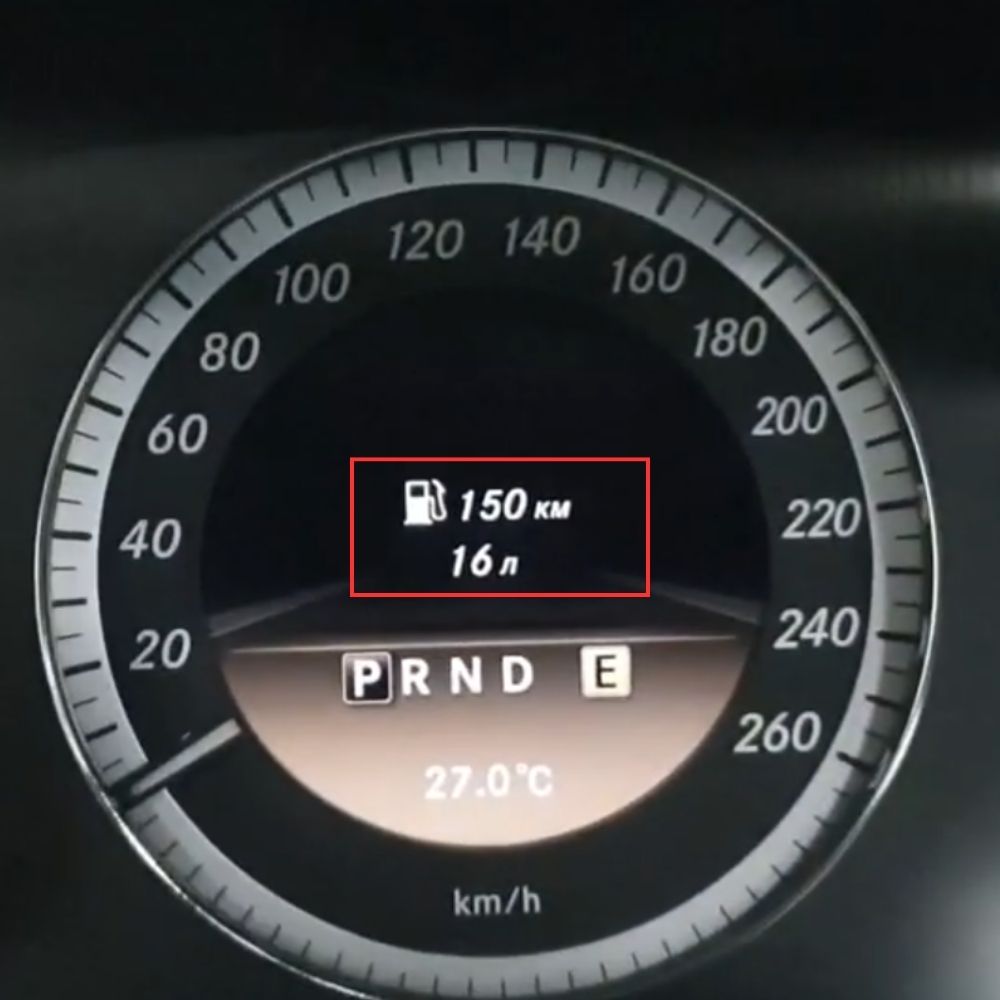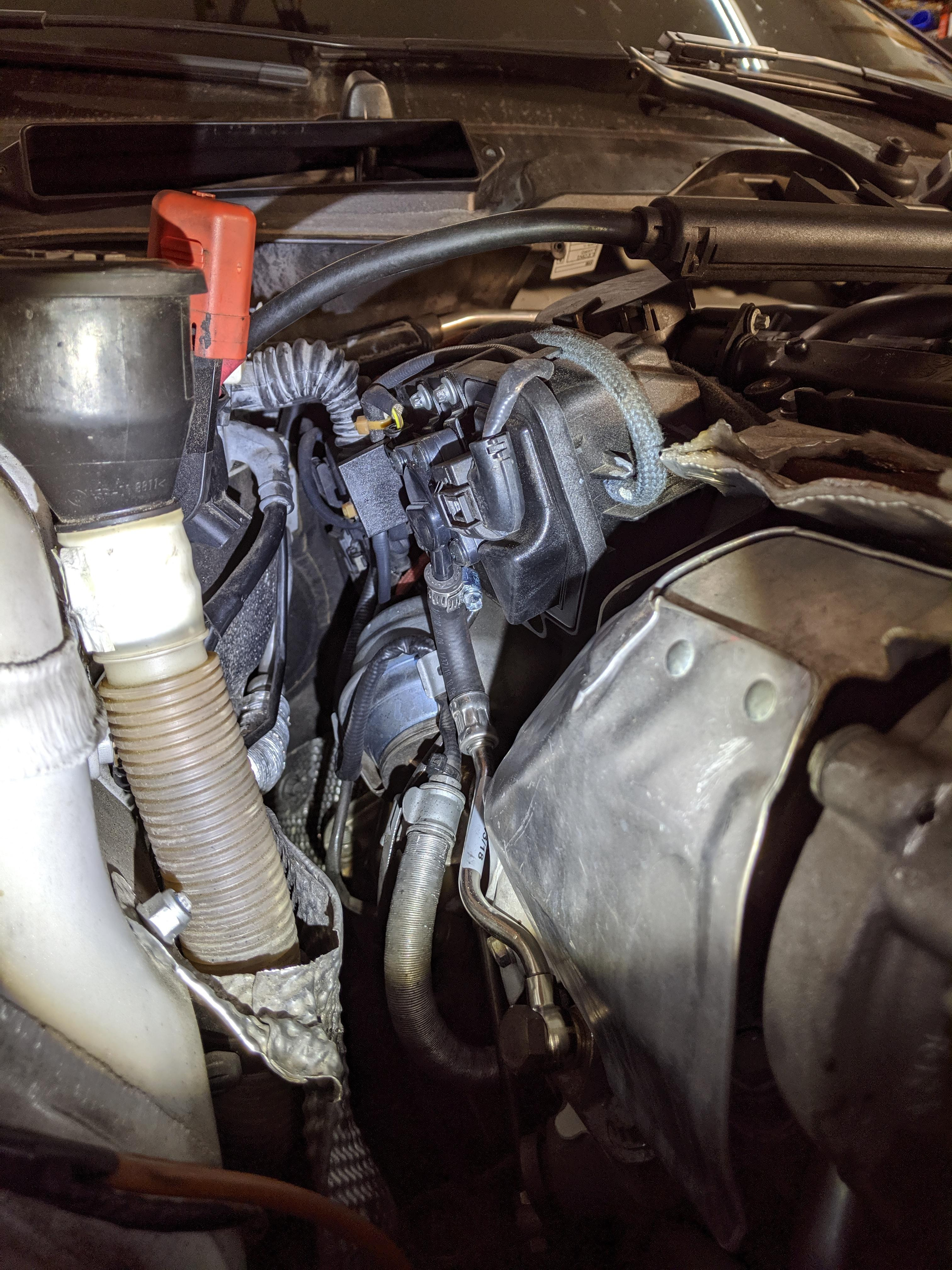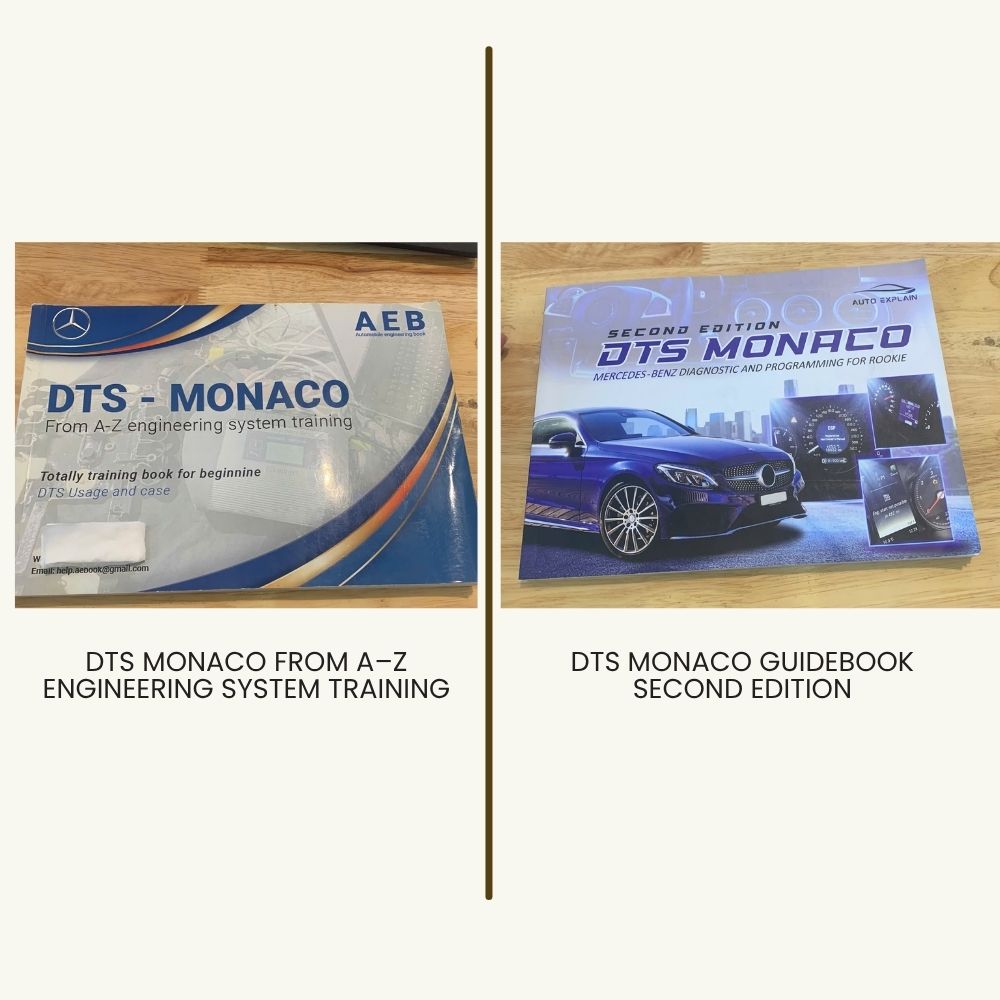
What Does BMW 2AAB Code Mean And How To Fix?
Contents
BMW 2AAB code indicates issues with the variable camshaft timing, specifically the intake camshaft sensor. Addressing this promptly prevents performance problems, improves fuel efficiency, and avoids potential engine damage. Let’s dive into understanding and resolving this code.
Table of Contents
- Understanding the BMW 2AAB Code
- Symptoms of BMW 2AAB Code
- Potential Causes of BMW 2AAB Code
- Diagnosing the BMW 2AAB Code
- Repairing the BMW 2AAB Code
- Preventing the BMW 2AAB Code
- Related BMW Diagnostic Trouble Codes (DTCs)
- Frequently Asked Questions (FAQ)
- Need Expert Assistance?
1. Understanding the BMW 2AAB Code
The BMW 2AAB code, officially described as “Variable intake system, self-adaptation range exceeded,” indicates an issue within the engine’s variable intake system. This system optimizes engine performance across different RPM ranges by adjusting the length of the intake runners. The Engine Control Unit (ECU) monitors this system, and the 2AAB code is triggered when the system’s actual performance deviates from the programmed parameters. This discrepancy can lead to reduced engine efficiency, performance issues, and potentially long-term damage if not addressed promptly. Understanding the root cause of the 2AAB code and systematically diagnosing the components of the intake system is essential for successful repair. The ECU expects a certain range of adaptation, and when the system falls outside this range, the code is set.
2. Symptoms of BMW 2AAB Code
Recognizing the symptoms associated with the BMW 2AAB code is crucial for early detection and prompt resolution. These symptoms can vary depending on the severity of the issue, but commonly include:
- Reduced Engine Performance: A noticeable decrease in power, especially during acceleration.
- Poor Fuel Economy: An increase in fuel consumption due to the engine not operating at its optimal efficiency.
- Rough Idling: The engine may idle roughly or stall, particularly when cold.
- Check Engine Light: The most obvious symptom is the illumination of the check engine light on the dashboard.
- Hesitation During Acceleration: The car may hesitate or stumble when you press the accelerator pedal.
- Unusual Engine Noises: In some cases, you may hear unusual noises from the engine, such as rattling or whistling sounds.
3. Potential Causes of BMW 2AAB Code
Several factors can trigger the BMW 2AAB code. Pinpointing the exact cause requires a systematic diagnostic approach. Common culprits include:
- Faulty DISA Valve: The most common cause is a malfunctioning DISA (Differential Air Intake System) valve. This valve controls the length of the intake manifold runners, and failure can disrupt airflow and trigger the code.
- Vacuum Leaks: Leaks in the intake system can disrupt the air-fuel mixture and cause the ECU to compensate, eventually exceeding its adaptation range.
- Dirty or Failing Mass Air Flow (MAF) Sensor: A faulty MAF sensor provides inaccurate data to the ECU, leading to incorrect adjustments in the intake system.
- Intake Manifold Issues: Cracks or damage to the intake manifold can cause air leaks and disrupt the system’s operation.
- Carbon Buildup: Excessive carbon deposits on the intake valves can restrict airflow and affect performance.
4. Diagnosing the BMW 2AAB Code
A thorough diagnosis is essential for accurately identifying the root cause of the BMW 2AAB code. Here’s a step-by-step approach to guide you through the process:
- Read the Diagnostic Trouble Codes (DTCs): Use an OBD-II scanner to confirm the presence of the 2AAB code and check for any other related codes.
- Inspect the DISA Valve:
- Visually inspect the DISA valve for any signs of damage or wear.
- Check the valve flap for proper movement. It should move freely without sticking.
- Test the DISA valve solenoid using a multimeter to ensure it’s functioning correctly.
- Check for Vacuum Leaks:
- Inspect all vacuum hoses and connections for cracks, leaks, or loose fittings.
- Use a smoke machine to introduce smoke into the intake system and identify any leaks.
- Listen for hissing sounds that may indicate a vacuum leak.
- Evaluate the MAF Sensor:
- Inspect the MAF sensor for dirt or debris. Clean it with a specialized MAF sensor cleaner.
- Use a multimeter to test the sensor’s output voltage. Compare the readings to the manufacturer’s specifications.
- Examine the Intake Manifold:
- Visually inspect the intake manifold for any cracks or damage.
- Check the manifold gasket for leaks.
- Check for Carbon Buildup:
- Inspect the intake valves for carbon buildup. This may require removing the intake manifold.
- Use a specialized carbon cleaning tool or chemical to remove the deposits.
5. Repairing the BMW 2AAB Code
Once the cause of the 2AAB code has been identified, the necessary repairs can be carried out. Here are common solutions based on the potential causes:
- Replace the DISA Valve: If the DISA valve is faulty, replacing it with a new, high-quality valve is the most effective solution. Ensure the replacement valve is compatible with your BMW model and engine.
- Repair Vacuum Leaks: Replace any cracked or damaged vacuum hoses and ensure all connections are secure.
- Clean or Replace the MAF Sensor: If the MAF sensor is dirty, clean it with a specialized cleaner. If the sensor is faulty, replace it with a new one.
- Repair Intake Manifold Issues: Repair any cracks or damage to the intake manifold. Replace the manifold gasket if it’s leaking.
- Remove Carbon Buildup: Clean the intake valves to remove carbon deposits. This may involve using a specialized cleaning tool or chemical.
Step-by-Step Guide to Replacing a DISA Valve:
| Step | Action | Notes |
|---|---|---|
| 1 | Gather Tools and Materials: | New DISA valve, socket set, screwdrivers, pliers. |
| 2 | Disconnect the Battery: | Disconnect the negative terminal of the battery to prevent electrical shorts. |
| 3 | Remove Engine Cover: | Remove the engine cover to access the DISA valve. |
| 4 | Locate the DISA Valve: | The DISA valve is typically located on the intake manifold. |
| 5 | Disconnect Electrical Connector: | Disconnect the electrical connector from the DISA valve. |
| 6 | Remove DISA Valve: | Remove the bolts or screws securing the DISA valve to the intake manifold. Carefully remove the valve. |
| 7 | Install New DISA Valve: | Install the new DISA valve, ensuring it is properly seated and aligned. |
| 8 | Secure DISA Valve: | Tighten the bolts or screws to the manufacturer’s specified torque. |
| 9 | Reconnect Electrical Connector: | Reconnect the electrical connector to the DISA valve. |
| 10 | Reinstall Engine Cover: | Reinstall the engine cover. |
| 11 | Reconnect Battery: | Reconnect the negative terminal of the battery. |
| 12 | Clear DTCs: | Use an OBD-II scanner to clear the 2AAB code and any other related codes. |
| 13 | Test Drive: | Take the car for a test drive to ensure the issue is resolved and the engine is running smoothly. |
6. Preventing the BMW 2AAB Code
Preventive maintenance can help minimize the risk of encountering the BMW 2AAB code. Here are some tips to keep your BMW’s intake system in good condition:
- Regularly Inspect Vacuum Hoses: Check for any signs of wear or damage and replace them as needed.
- Clean the MAF Sensor: Clean the MAF sensor every 30,000 miles to ensure accurate readings.
- Use High-Quality Air Filters: High-quality air filters prevent dirt and debris from entering the intake system.
- Perform Carbon Cleaning: Regularly perform carbon cleaning to remove deposits from the intake valves.
- Follow Scheduled Maintenance: Adhere to the manufacturer’s recommended maintenance schedule for your BMW.
7. Related BMW Diagnostic Trouble Codes (DTCs)
Several other diagnostic trouble codes may be related to the BMW 2AAB code, often indicating similar or interconnected issues. Being aware of these codes can provide a more comprehensive understanding of potential problems:
- 2A82: VANOS Intake Solenoid Valve Control
- 2A87: Exhaust VANOS Mechanism
- 2A98: Crankshaft – Intake Camshaft, Correlation
- 2A99: Crankshaft – Exhaust Camshaft, Correlation
- P0171: System Too Lean (Bank 1)
- P0174: System Too Lean (Bank 2)
8. Frequently Asked Questions (FAQ)
-
Can I drive my BMW with the 2AAB code?
While it’s possible to drive with the 2AAB code, it’s not recommended. The underlying issue can lead to reduced engine performance, poor fuel economy, and potentially more severe engine damage over time.
-
How much does it cost to fix the 2AAB code?
The cost to fix the 2AAB code varies depending on the cause and the repair needed. Replacing a DISA valve can range from $200 to $500, while more complex repairs like intake manifold replacement can cost upwards of $1,000.
-
Can a faulty oxygen sensor cause the 2AAB code?
While not a direct cause, a faulty oxygen sensor can contribute to the issue. An inaccurate oxygen sensor can affect the air-fuel mixture, leading to adaptation issues and potentially triggering the 2AAB code.
-
Is it possible to fix the 2AAB code myself?
If you have experience working on cars and have the necessary tools, you may be able to fix the 2AAB code yourself. However, it’s essential to have a good understanding of the engine’s intake system and follow proper diagnostic procedures. If you’re not comfortable performing the repairs yourself, it’s best to seek professional assistance.
-
How does carbon buildup affect the 2AAB code?
Carbon buildup on the intake valves can restrict airflow, causing the engine to work harder and affecting the performance of the variable intake system. This can lead to the ECU compensating and eventually exceeding its adaptation range, triggering the 2AAB code.
-
What are the common symptoms of a faulty DISA valve?
Common symptoms of a faulty DISA valve include reduced engine performance, poor fuel economy, rough idling, and unusual engine noises. You may also experience hesitation during acceleration and the illumination of the check engine light.
-
Can a vacuum leak cause the 2AAB code to appear?
Yes, a vacuum leak can cause the 2AAB code to appear. Vacuum leaks disrupt the air-fuel mixture, leading to the ECU compensating and eventually exceeding its adaptation range.
-
How often should I clean my MAF sensor to prevent the 2AAB code?
It’s recommended to clean your MAF sensor every 30,000 miles to ensure accurate readings and prevent issues that can lead to the 2AAB code.
-
What type of air filter is best for preventing intake system issues?
High-quality air filters are best for preventing dirt and debris from entering the intake system. Look for filters that meet or exceed the manufacturer’s specifications.
-
Does the quality of fuel affect the likelihood of the 2AAB code appearing?
Yes, the quality of fuel can affect the likelihood of the 2AAB code appearing. Using low-quality fuel can lead to carbon buildup and other issues that can affect the intake system’s performance. It’s best to use high-quality fuel from reputable sources.
9. Need Expert Assistance?
Diagnosing and repairing the BMW 2AAB code can be complex. If you’re struggling to identify the cause or perform the necessary repairs, AutoExplain.com is here to help. Our team of experienced BMW technicians offers remote diagnostic and programming services to help you get your car back on the road quickly and efficiently. Contact us via WhatsApp at +1(936)2896695 or email us at [email protected] for expert assistance. Our office is located at 1500 N Grant ST Sten Denver, CO 80203. You can also visit our website at AutoExplain.com for more information. Let AutoExplain.com provide the expert support you need to resolve the 2AAB code and keep your BMW running smoothly.

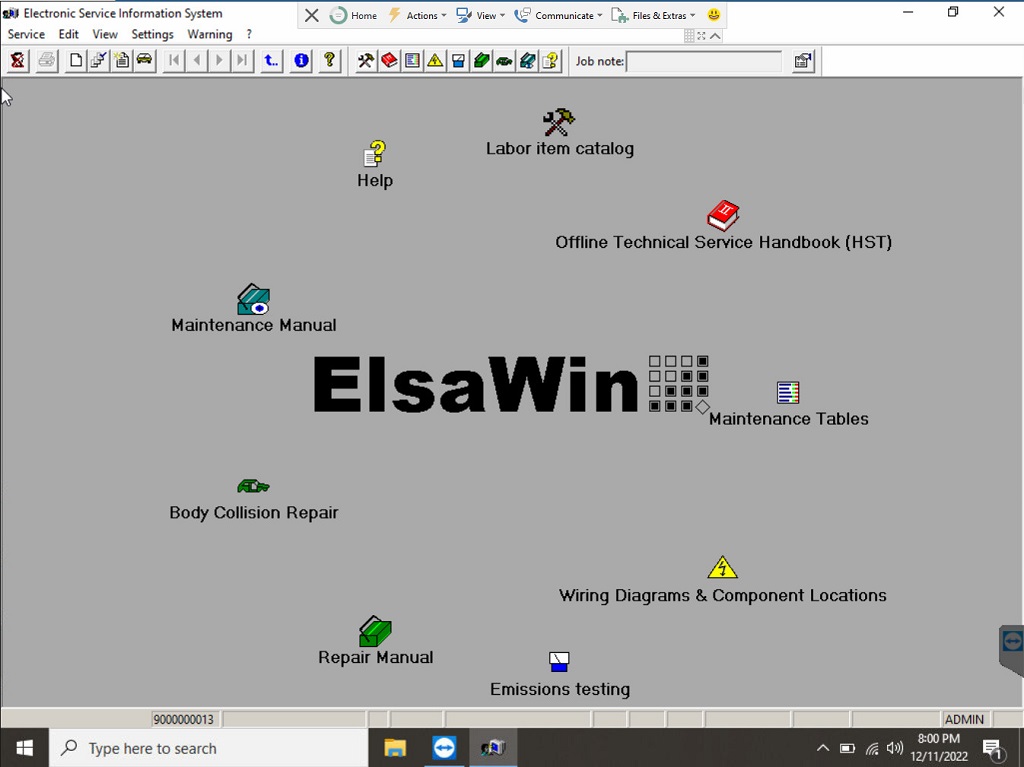
ElsaWin Installation Guide | How to Install & Activate ElsaWin
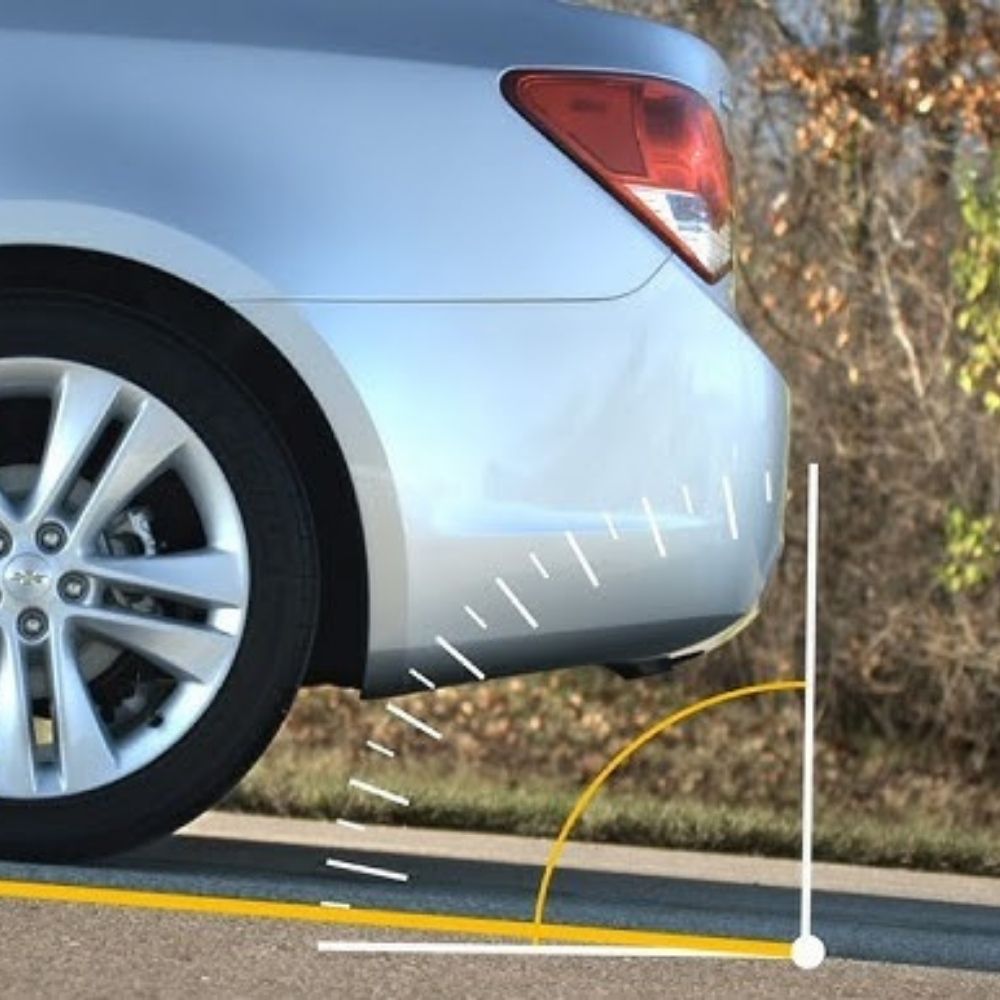
How to activate the Hill Assist Start function on Mercedes-Benz vehicles
